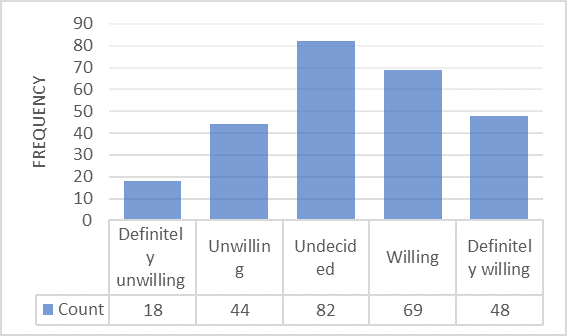The Rise of Virtual Employee Monitoring in Cloud and Its Impact on Hybrid Work Choice
Keywords:
Hybrid working, Ordered choice, Privacy concern, Productivity, Proximity bias, Work-life balanceAbstract
The Covid-19 pandemic has fundamentally altered the way people work. Many employees are willing to adopt a hybrid work model in which they prefer to continue to work from home for some portion of their working days. The growth of a hybrid working is one of the major post-pandemic global work trends. With a rising share of the labor force working from home, many firms have increased their employee monitoring measures in response to worries about deteriorating productivity and staff well-being. ¬As a result, a growing number of employees were exposed to an increased control through electronic monitoring which may affect their willingness to choose a hybrid working. This research investigates the role of employees' privacy concerns on their willingness to choose a hybrid working model. We collected a primary dataset from 261 employees who experienced full-time work from home during the pandemic. To measure the privacy concern, we asked the participants to rate their concern on 10 mostly monitored activities over the cloud during the pandemic including website visited, apps used, etc. This research also included the other factors that can explain the employee's willingness to choose a hybrid working model, such as Gender, Proximity bias, WFH infrastructures, Length of commute time to work, work-life balance, and hybrid-work productivity. We applied ordered-choice regression models to achieve the study objectives. The findings suggest that privacy concern is an insignificant determinant of hybrid working choice. We argued that this is because employees cannot evade monitoring in any working arrangement and because the benefits of adopting hybrid working outweigh the privacy loss due to online employee monitoring. The findings also suggest that employees' fear of proximity bias decreases the willingness to choose hybrid work. The length of the commute time to work, hybrid-work productivity, and work-life balance increase an employee's inclination to engage in hybrid work. Female employees are more willing to adopt a hybrid working model than male employees. The results also showed that the willingness is significantly reduced for employees who fear proximity bias against hybrid workers.

Downloads
Published
How to Cite
Issue
Section
License
CC Attribution-NonCommercial-ShareAlike 4.0



